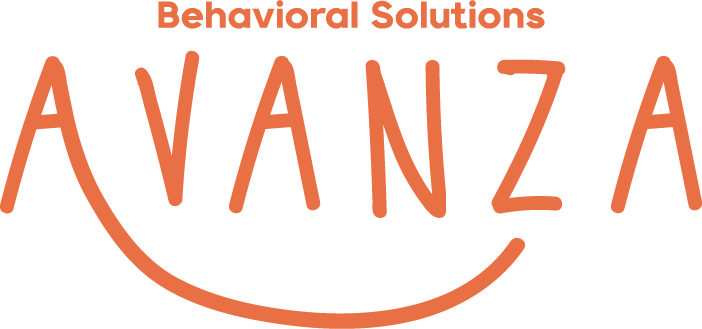WHAT IS HAPPY, RELAXED, ENGAGED (HRE)?
You may have heard the term "Happy, Relaxed, Engaged" (HRE) before. It's a powerful concept developed by Dr. Gregory Hanley, an expert in Applied Behavior Analysis (ABA), to make learning more effective for kids—especially those with autism. Let's break it down!
Happy 😄
The first piece of the puzzle is happy. When a learner feels happy, they're comfortable, ready to engage, and genuinely enjoying the moment. You might notice them smiling or even laughing, but most importantly, they're not trying to avoid or escape the situation. They're content and open to learning!
Relaxed 😌
Next is relaxed. This means no stress or anxiety. Imagine being in the "green zone" from the Zones of Regulation—calm, collected, and at ease. When learners are relaxed, they feel safe and secure, which makes it easier for them to focus and absorb information.
Engaged 🔄
Finally, we have engaged. Engagement is all about interaction. A learner who is engaged isn't just passively observing—they’re actively participating in an activity, whether it’s playing with toys, interacting with others, or joining in on tasks. Real engagement means they're involved, not just watching from the sidelines.
Why Does HRE Matter?
When a learner is happy, relaxed, and engaged, they’re less likely to act out and more likely to learn new skills. Creating an environment where kids feel these three things builds trust and makes learning more effective.
So, whether you're an educator, therapist, or parent, remember: HRE = success! Happy, relaxed, and engaged kids lead to smoother, more productive sessions—for everyone involved.


